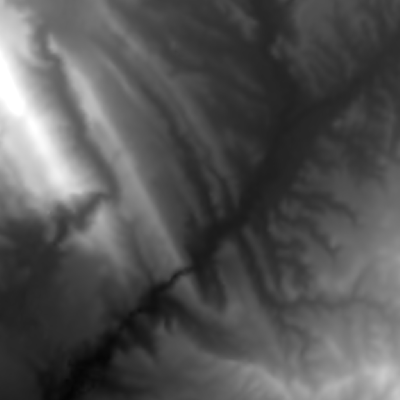Interactive Data Visualization (Master, in English)
ATTENTION: This course will most probably be held online! Official start will be at or after April 20, 2020. The self-assessment test below should be done before start of the semester.
!! For the PAUL Revision Phase: If you took this course last year (Summer Term 2019) and did not pass the Final but wish to try again this summer, please send a note to our secretary (Email on our Website) so we can sign you up for the course. In that case, participate in our course again before attempting the Finals again !!
Lectures and Assignments. 6 ECTS. For Focus Areas “Data Science” and “Intelligence and Data” (for older examination regulations: Module III.4.1)
Dates:
We will provide you with materials for lectures, exercises and assignments in an asynchronous mode: Materials will be uploaded on Mondays and live chats to answer your questions are planned to be held during tutorial times. These are either on
Thursdays, 8 - 11, starting April 23, 2020
or
Fridays, 8 - 11, starting April 24, 2020
We are not sure how well the PANDA Chat Room will scale for an increasing number of students, so please - at least for the beginning - stay with your assigned Tutorial time (Tutorial 1 on Thursday, Tutorial 2 on Friday).
Additionally, there are Forums for lectures and assignments for further communication.
The objective of this course is to prepare you for various challenges in data visualization:
We will teach you
- a wealth of visualization techniques, organized by data types and tasks, to look at/practice with/remember for the time you will need them,
- very basic math that you will need for preprocessing and analyzing data,
- some in-depth visualization algorithms,
- knowledge on data characteristics, human perception and design techniques that will help you to map data to expressive and effective visuals.
An important part of this course will be to program some (interactive) techniques yourself. You will not learn how to program in this course, as I am expecting a Computer Science Master student to be able to do that on his/her own.
If you plan to participate in the Master Course “Interactive Data Visualization”, please try out the following self-test. It may take a few minutes or a few hours or a weekend to do so (depending on your level of programming and knowledge of graphics/visualization libraries), but if you do, you will be much better prepared for the assignments of this course.
So, as a self-test, I am challenging you to
- download the Colorado Elevation Data set:
http://www.idvbook.com/teaching-aid/data-sets/the-colorado-elevation-data-set/ - visualize the data set by displaying data on a 400x400 pixel square on your display in a grey scale: black to grey to white (lower values are black to dark grey; higher values are light grey to white.)
- check yourself if your pictures displays the data correctly, it should look like the picture below. What is the minimum and the maximum of the data? How do these values correspond to the real elevations of Colorado (do a quick check on the internet). Pick a real max and min of the Colorado area in meters and calculate the scaling between the real values and the values used in the Colorado Elevation Data set. (To pick a "real" max and min, you can approximate values from a map on the internet). Python is recommended, but is not mandatory. Any programming language will do for now.
- Optional:
- Use a color scale to display the data
- Draw a 2d coordinate system around the border of the visualization
- Display a corresponding color scale next to your image display of elevations and mark elevations on the scale
- advanced: Display contour lines for the elevation data
- advanced: Draw a surface of the elevation data
There are more data sets you can try to read in on http://www.idvbook.com/teaching-aid/data-sets. The Data Sets are part of the text book we will be using:
M. Ward, G. Grinstein, D. Keim, “Interactive Data Visualization“, CRC Press, AK Peters, 2nd Edition, 2015.
In more detail, the content of the course will be:
- Data Visualization: Introduction and Definitions
- Data Foundations and data preprocessing
- User and Task
- Visualization Techniques for Spatial Data (especially Volume Vis and Flow Vis), Geospatial Data, Time-Oriented Data, Multivariate Data, Trees and Graphs, Text
- Interaction
- Mapping from numbers to visuals
- Evaluating visualization techniques

